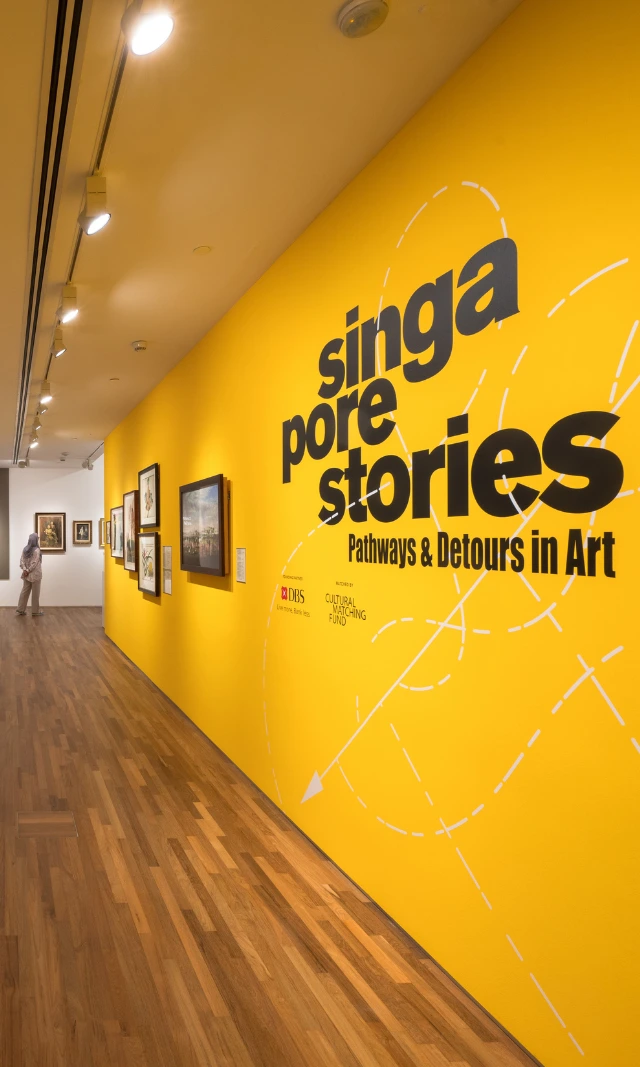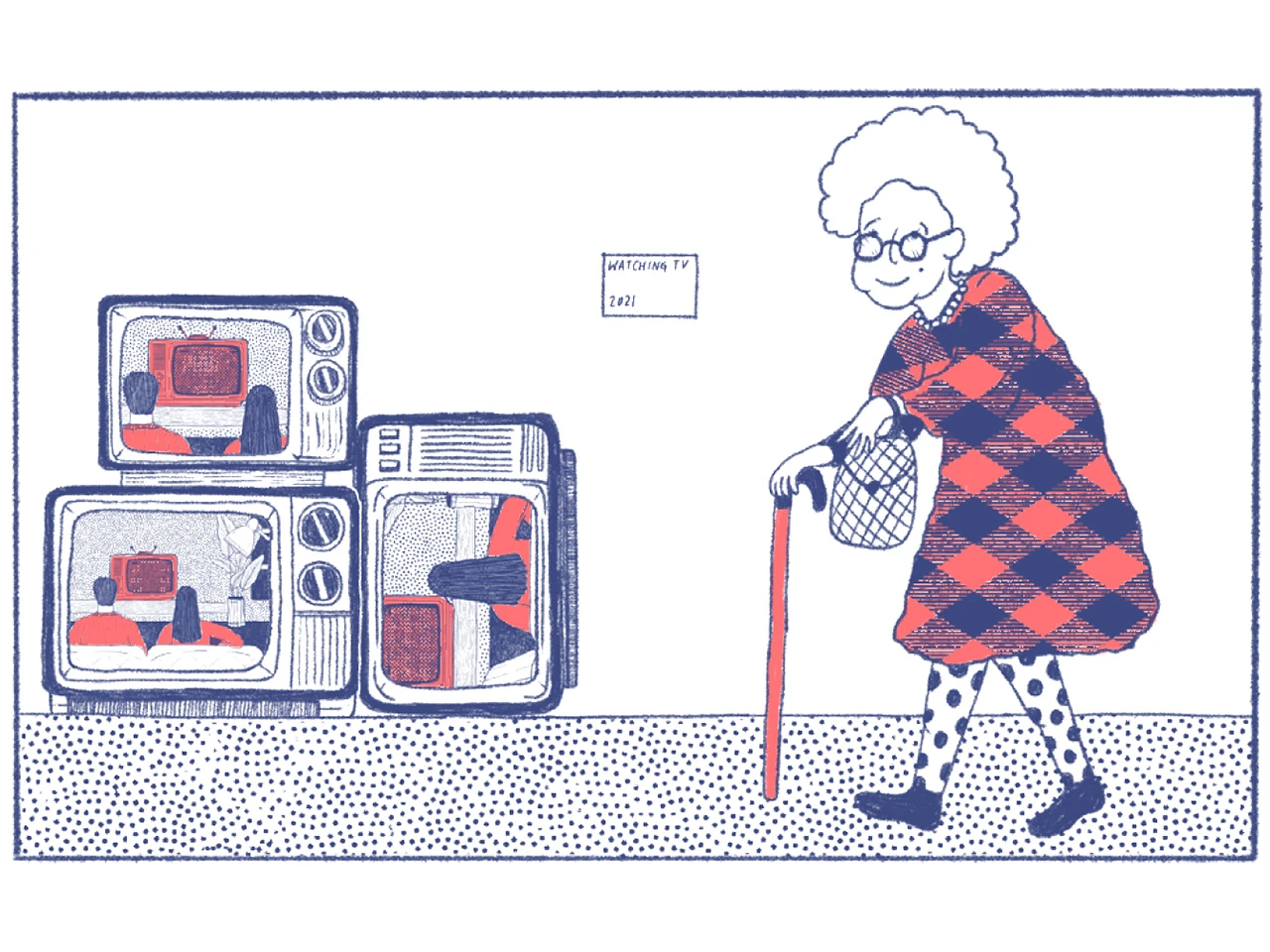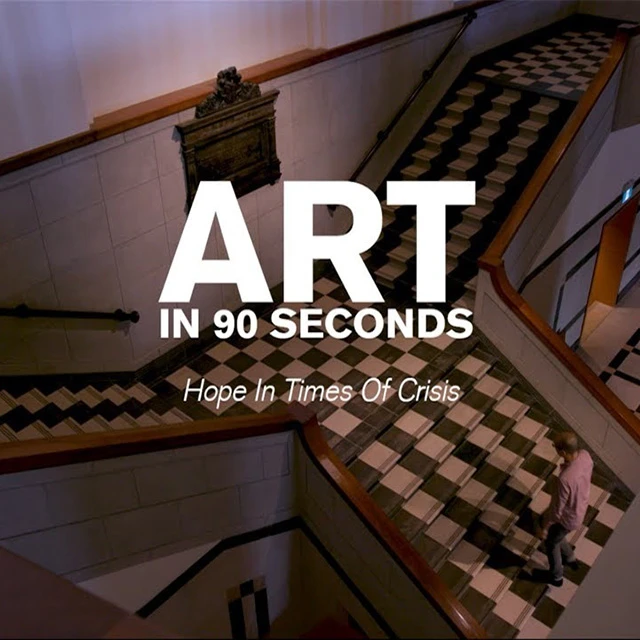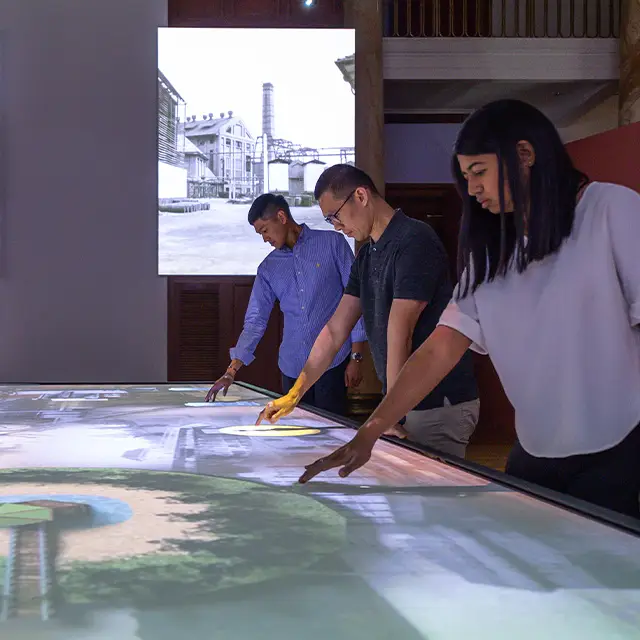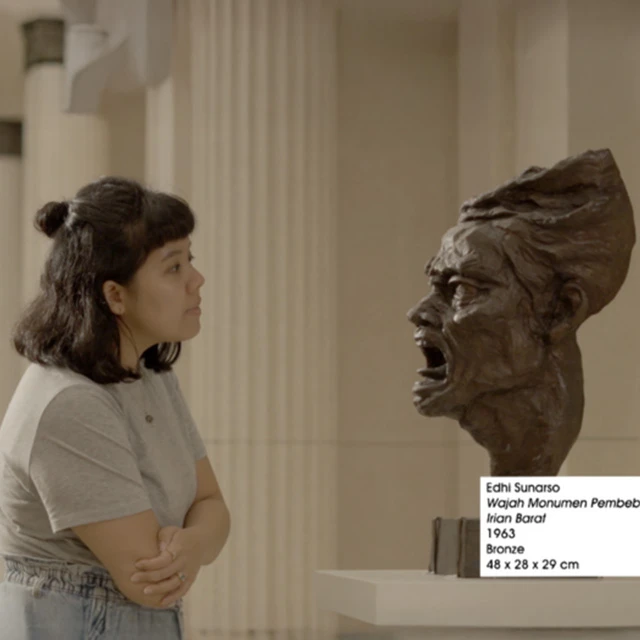Appreciating the Art of Art Forms – Why are some videos considered art, and others are not?
When is video considered art? Video art covers a world of analogue and digital audio-visual recordings. Learn about video art and how it is made.
Share
Virtual forests raining virtual leaves; recordings on chunky VHS; 15-second TikTok clips; 30-minute lo-fi loops… It’s hi-tech video, it’s low-tech video, absurd video, serious video. Any way you see it, it’s video. But when does video become art?
That happens when the video is created by an artist with artistic intent. Forget your mouldy 90’s VHS recordings of late-night television shows – video art is the kind made for art’s sake, or shown and discussed in an art context.
Welcome to the artist’s world of analogue and digital audio-visual recordings!
Learn more:
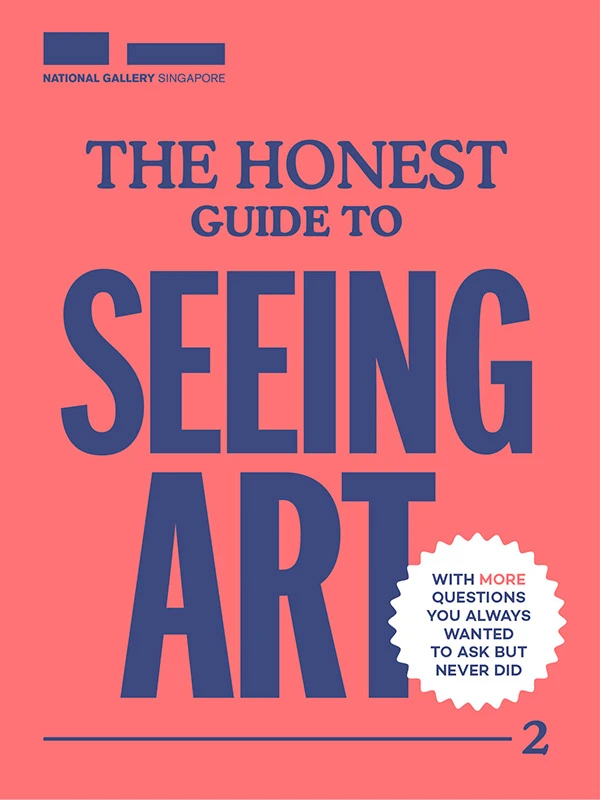
You’re reading an adaptation of our booklet, The Honest Guide to Seeing Art, part 2. Pick up your free physical copy at the Gallery!
The rise of video art culture in the 1960s

The 1960s was an era of socio-political protest, trippy psychedelia, mass television-watching, and anti-establishment counterculture – and video art was its wild child.
At the time, video was designed only for television broadcast and professional use. Then, in the late 1960s, Sony launched its Portapak, based on new technology that recorded images and sound together on magnetic tape. It was a game-changer. Affordable, portable, and operable by a single person, it offered instant playback and endless re-recording capabilities. Amateur filmmakers embraced it.
Artists too, found a new medium. Video enabled them to combine mass media and art, and allowed them to create works that encapsulated time.
Using video art as a documentation tool
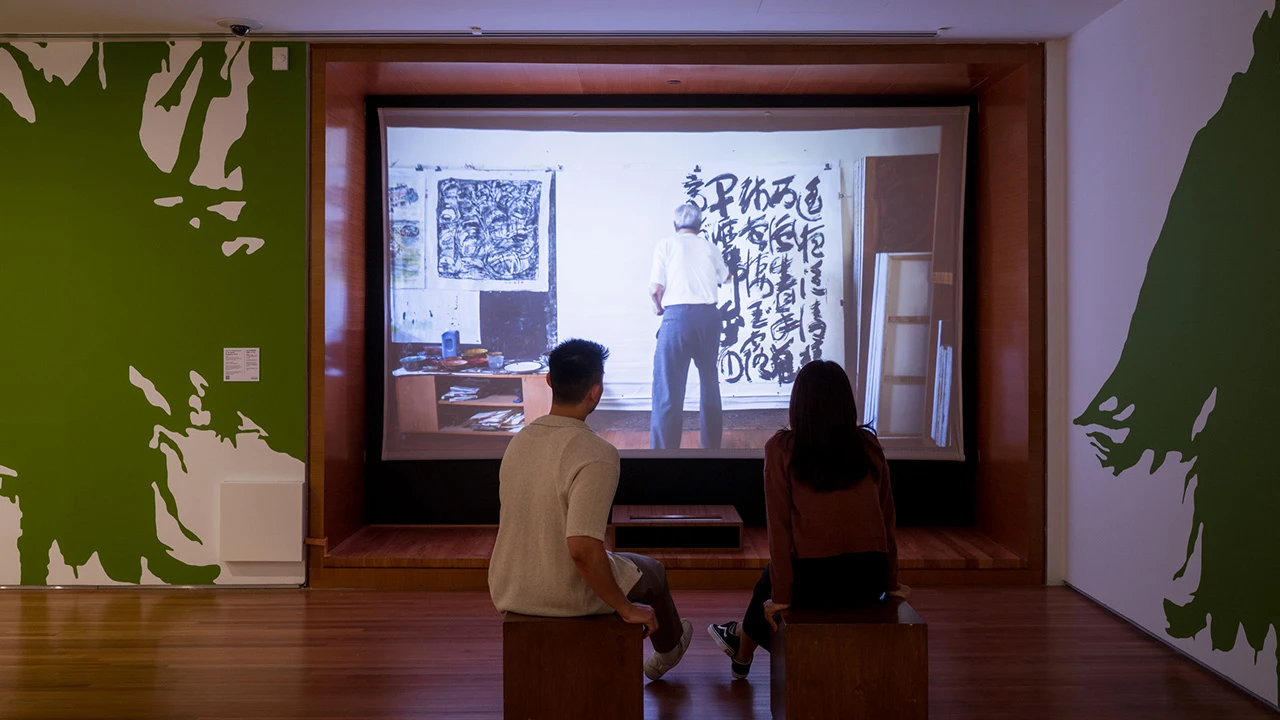
One of the earliest uses of video art was as a tool of documentation. Conceptual art and the anti-high-art Fluxus movement were big at the time. The Portapak provided a means for artists to record their impermanent works for future generations.
Artists also took the videocam into the streets to document people, places, and events, guerrilla-style.
The video’s application in art expanded. Instead of just recording performances, artists started shaping their performances to video, giving equal weight to image and sound, playing with video as a framing device and more. Other artists also began tinkering with video’s electronics to investigate its functions and processes.
Since then, video art has exploded with a profusion of styles and genres. Video continues to be used in performance and has been combined with other media and installation works, used in the performing arts.
This has led to a vast array of narrative and non-narrative video art, created by artists and experimental filmmakers alike.








